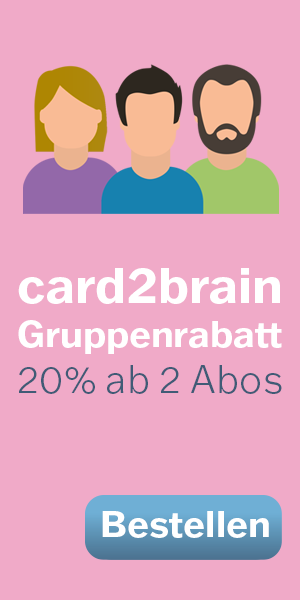Theory of Sustainability
Weak/Strong Sustainability
Weak/Strong Sustainability
10
0.0 (0)
Kartei Details
| Karten | 10 |
|---|---|
| Sprache | English |
| Kategorie | Soziales |
| Stufe | Universität |
| Erstellt / Aktualisiert | 17.01.2022 / 17.01.2022 |
| Weblink |
https://card2brain.ch/box/20220117_theory_of_sustainability
|
| Einbinden |
<iframe src="https://card2brain.ch/box/20220117_theory_of_sustainability/embed" width="780" height="150" scrolling="no" frameborder="0"></iframe>
|
